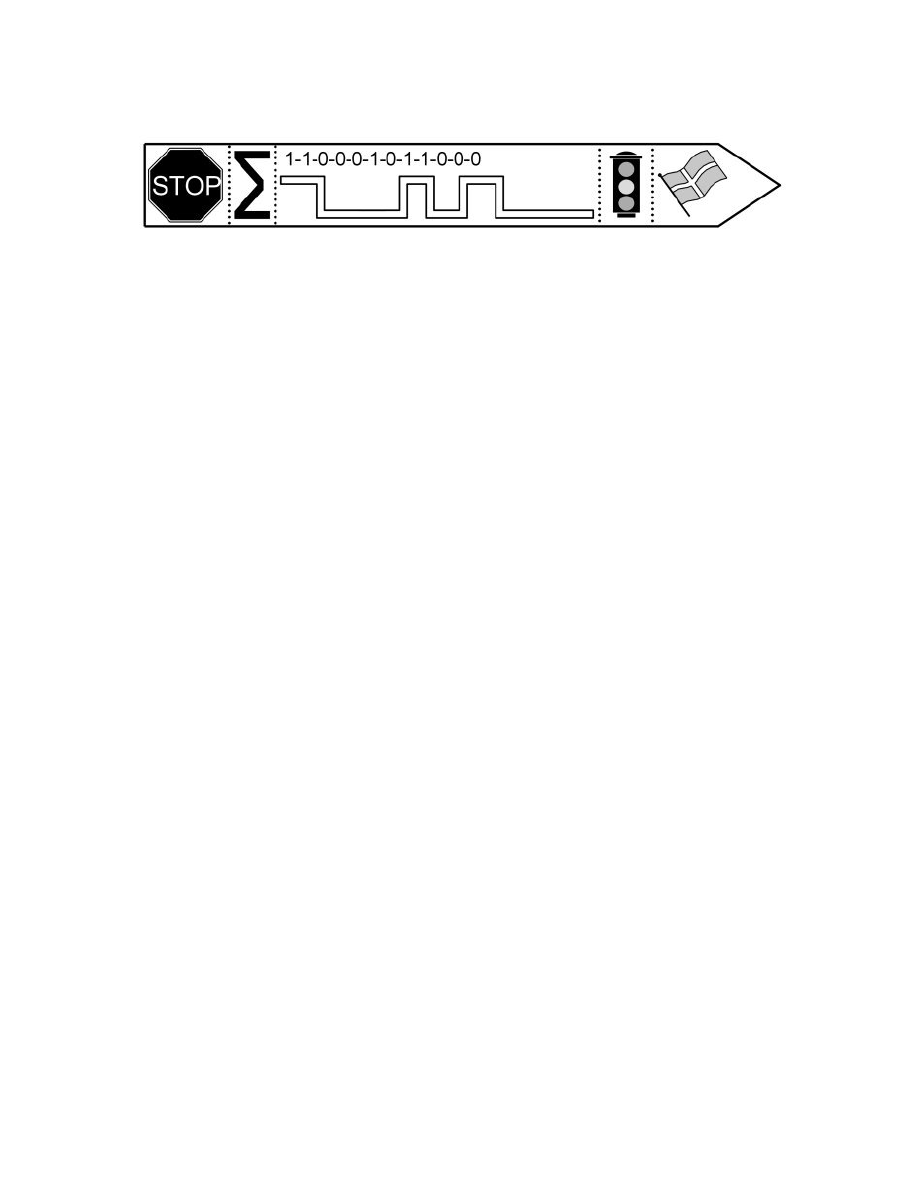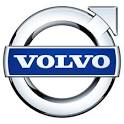XC60 FWD L6-3.2L VIN 96 B6324S2 (2010)

The message consists of the following components:
-
Identifier ("flag"), which indicates the message identity and prioritization.
-
Data information (value, information etc.)
-
Check sum, used to check that the message has arrived correctly
-
Stop signal, which indicates that the message has finished.
A complete Controller area message is called a frame.
Prioritizing
Conflicts can arise in a network when several control modules try to transmit messages at the same time. For example, if the driver brakes at the same
time as the front seat passenger changes the climate control settings and a passenger in the rear seat uses the power windows. To ensure safe operation
the messages must be prioritized. In addition, the delays that arise when messages are queued must be reasonable. This is so the customer does not feel
the system is slow.
To solve problems with conflicts and time delays there is a priority order of messages to ensure good functionality.
Prioritizing of messages is determined by the number of zeroes at the beginning of a message, the more zeroes the higher the priority.
Prioritizing occurs as follows:
-
When the network is available all the control modules with "something to say" send bit one in their message.
-
All the control modules detect what has been transmitted on the network
-
If a control module has transmitted 0 those that have sent 1 stop and wait until the next time the network is available
-
Those that transmitted 0 transmit bit two of the message
-
If a control module has transmitted 0 as bit two those that have sent 1 stop and wait until the next time the network is available and so on.
The message with the highest priority (most zeroes at the beginning) "wins" and is sent first.
The end of a message is seven zeroes. The control modules then know that the network is available and a new message can be sent in priority order.
Two types of message
There are two types of message in the system:
-
Periodical frames. These messages are sent regularly and give the present status of a parameter. They are used for information which is frequently
updated, speed signals for example.
-
Event frames, which are only sent when predetermined conditions have been met. This type of message is used for things that seldom occur,
raising / lowering a window for example.
The message can contain an update bit which states how "fresh" the information is.
The system assumes that the receiver has received the message so an acknowledgement is not sent. A reply is only sent to a direct question from another
control module.
On the other hand, the receiver "knows" how often it should receive a message about which status applies. If the message is missing the receiver can
connect an emergency program and / or set a diagnostic trouble code (DTC).
Compatibility
The units must "speak" the same language and must be compatible with each other. A standardized communication protocol is used for this.
Signal configuration (SFG) contains the language between the units. If any module has a signal configuration which does not correspond to other units
the module cannot communicate. This means that all the units must have compatible signal configuration.
To check this the central electronic module (CEM) transmits an identification number for its signal configuration over the controller area network
(CAN). The other control modules receive this number and compare it with their own. If this identity does not correspond the control modules store a
diagnostic trouble code (DTC). The signal configuration is occasionally modified so that the new messages are added and old messages removed.
Configuration
Instructions for the following are downloaded when a system is configured:
-
Which control modules are included in the system (for example central electronic module (CEM)).
